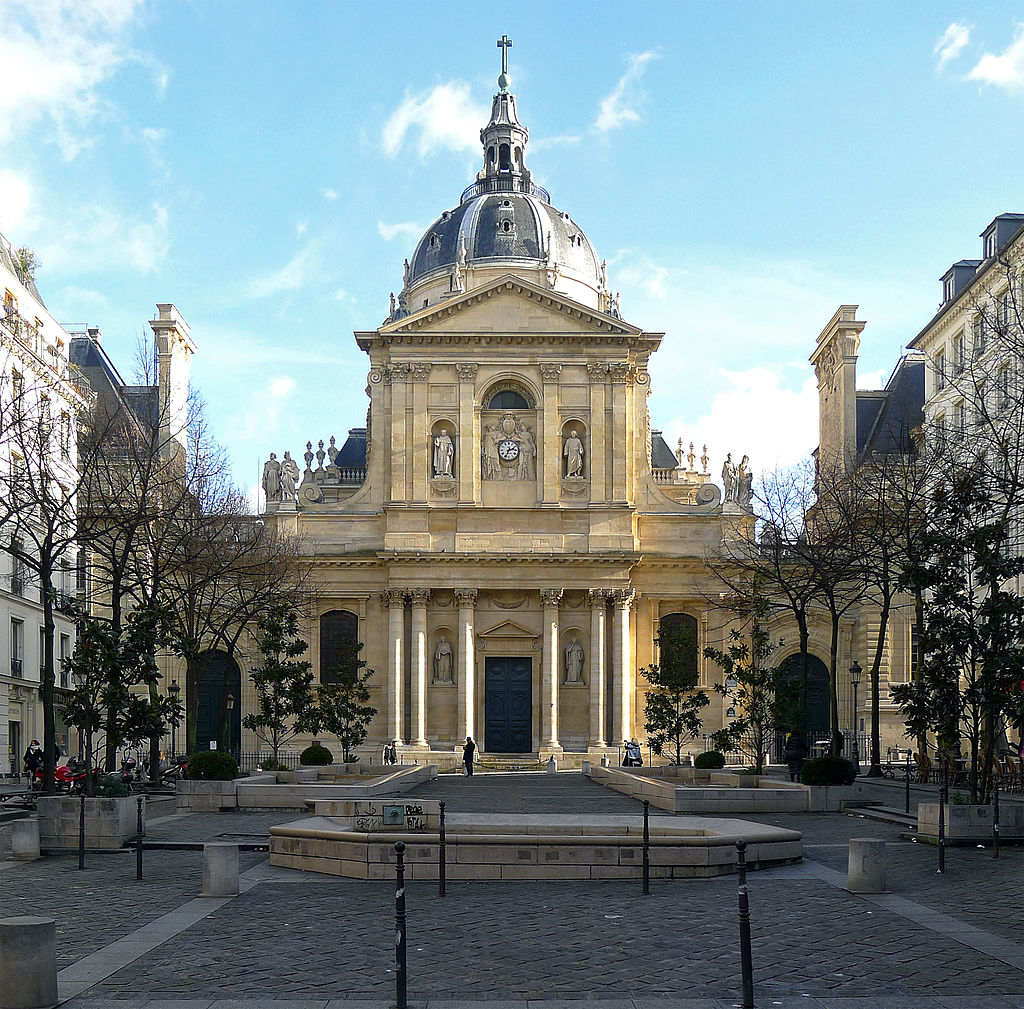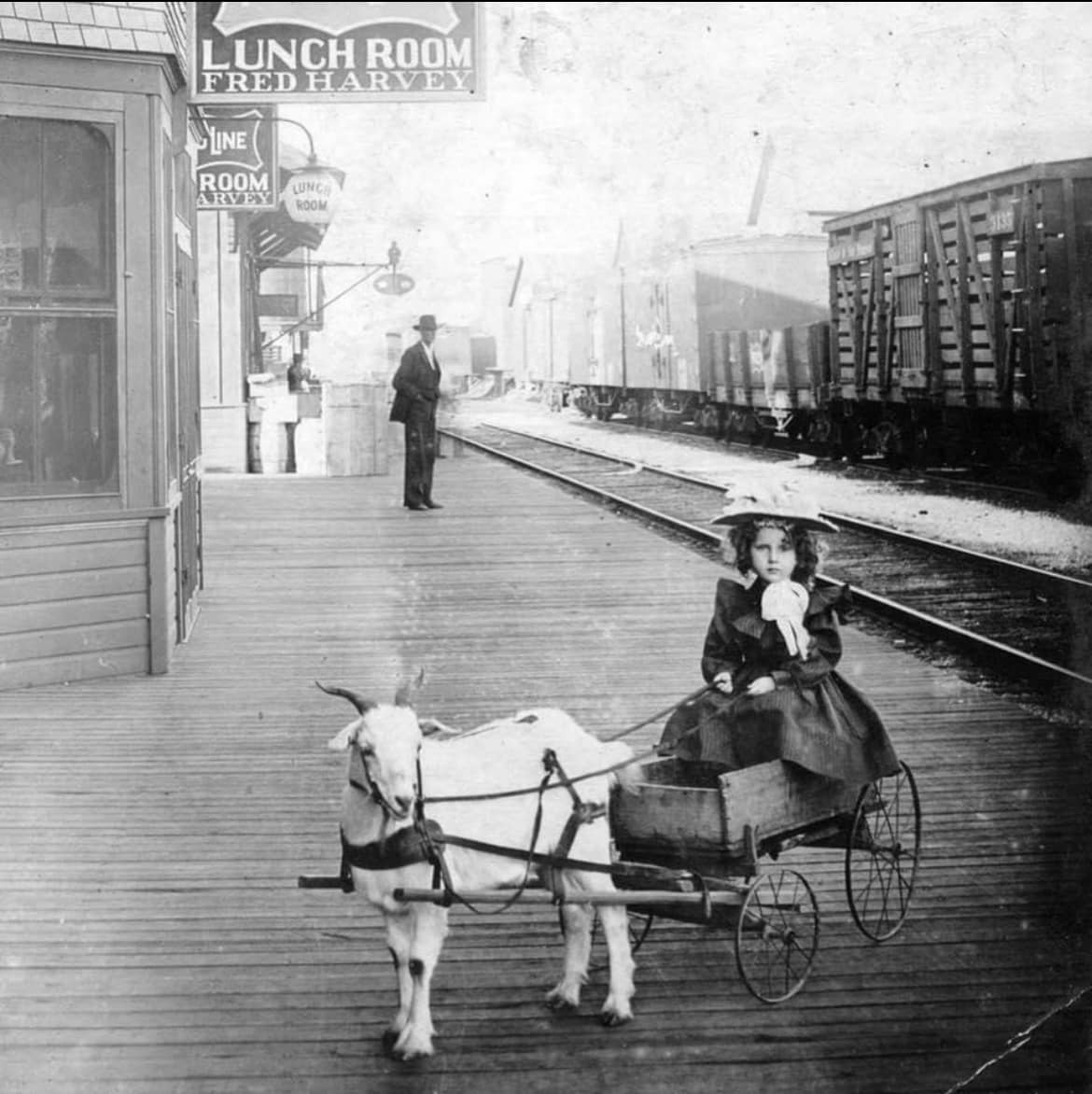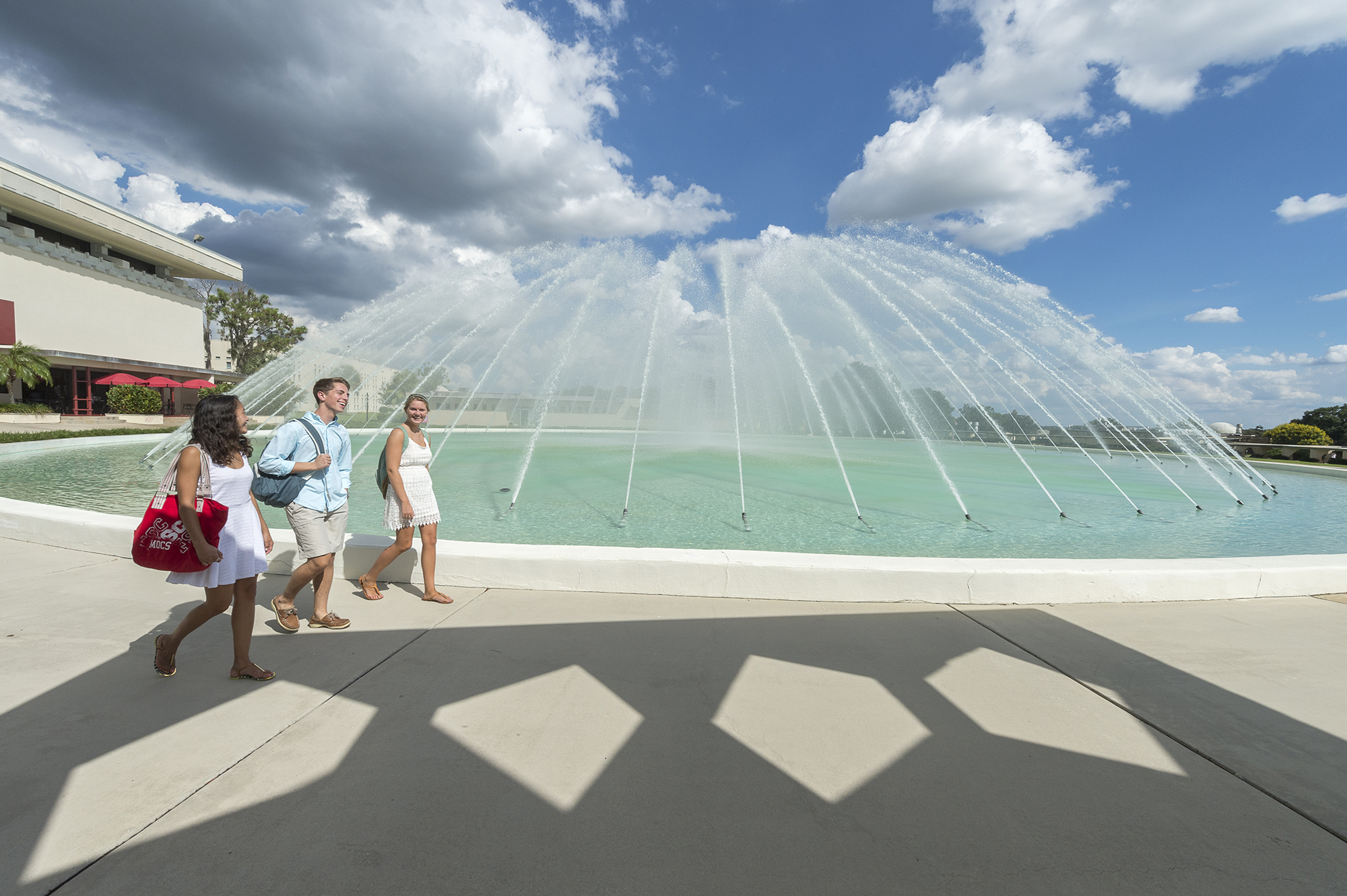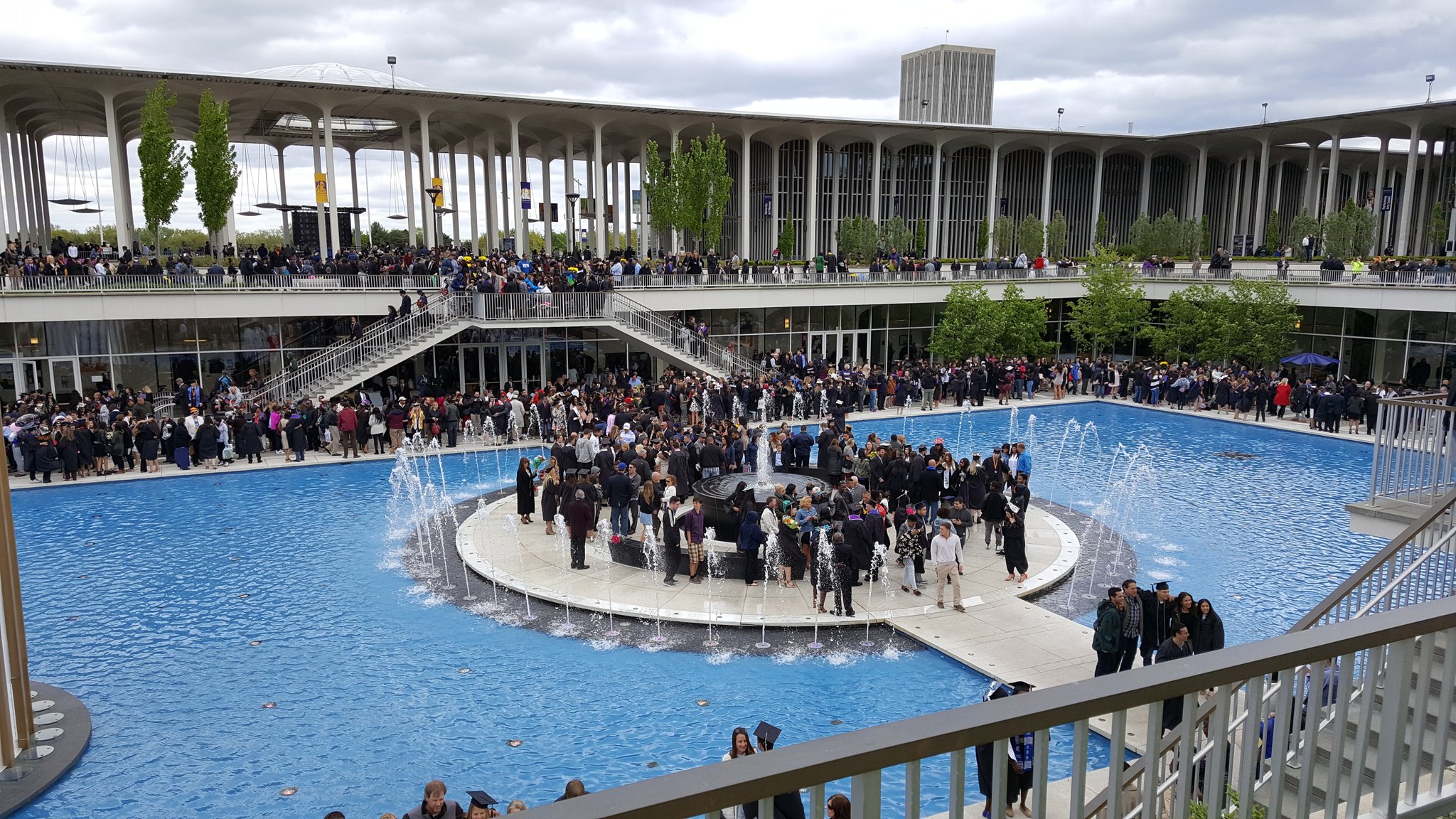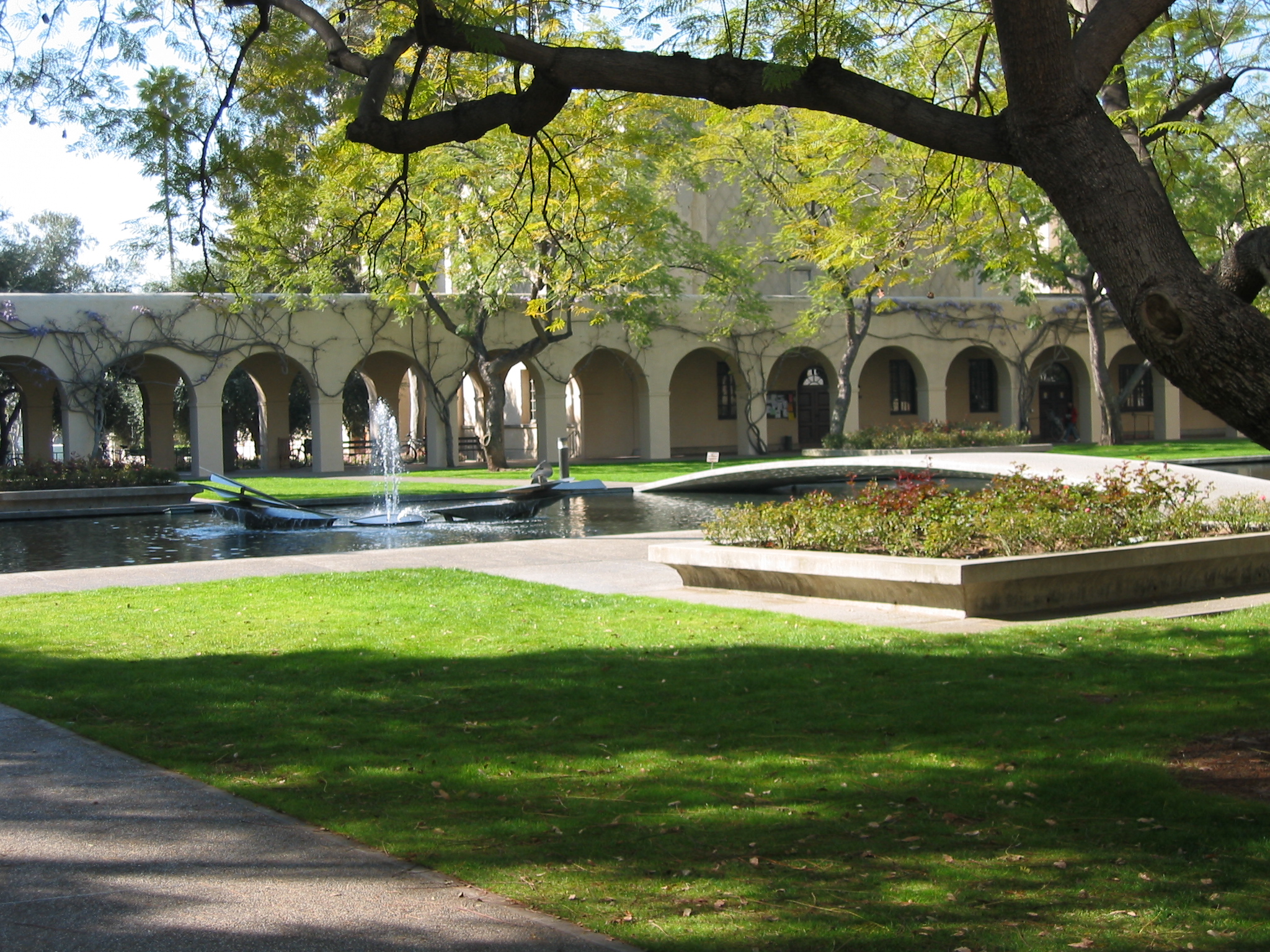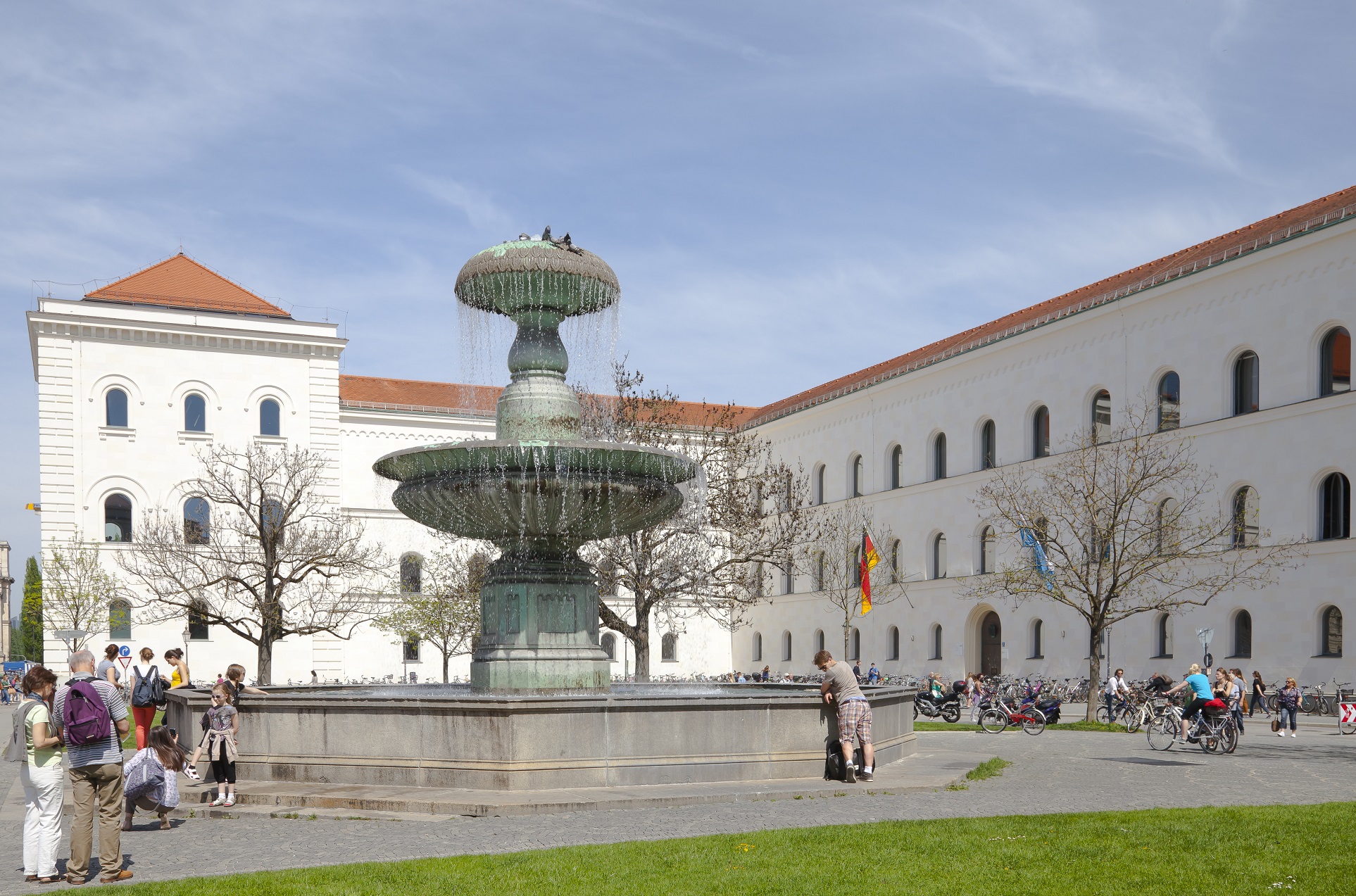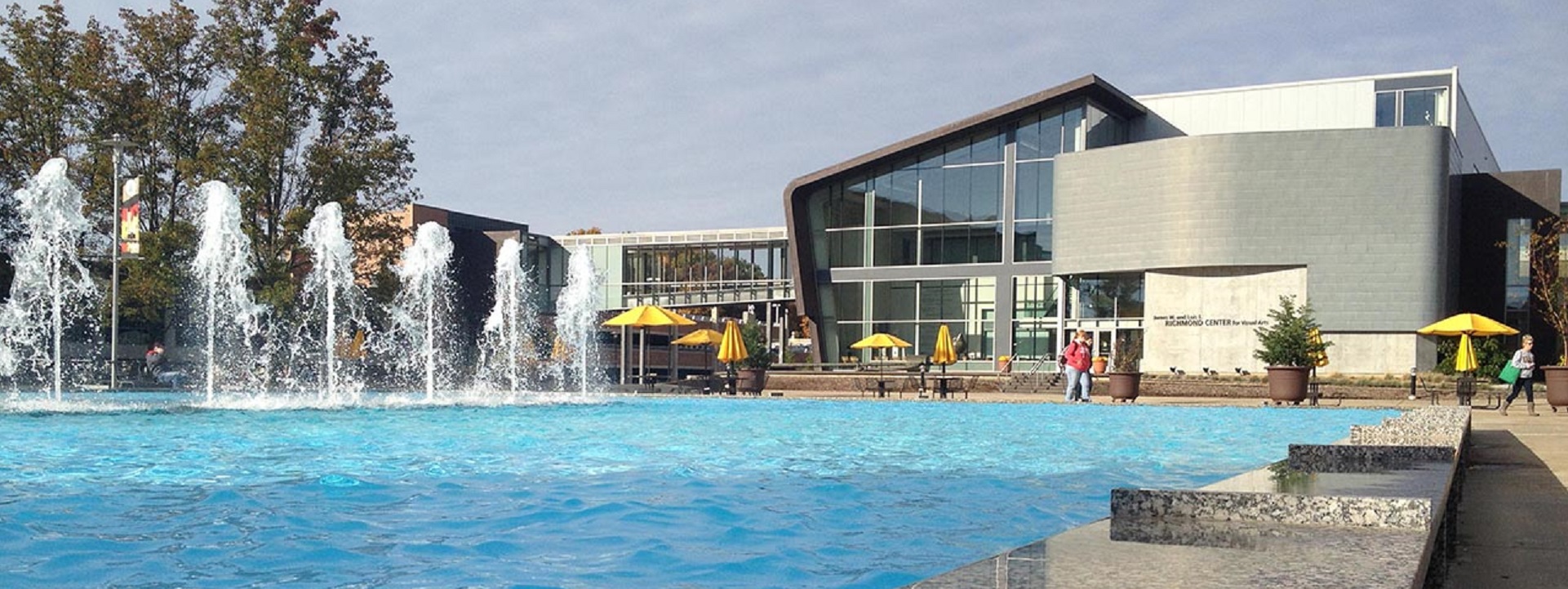Ernest Renan (1823-1892) was a French philosopher, historian, and scholar of religion. He is best known for his work on nationalism and the relationship between language, culture, and identity. The language of technology– and the catalog of codes, standards, guidelines, recommended practices and government regulations rest upon a common understanding of how things can and should work separately. The essay is widely cited:
In our domain we routinely see technical agreement and disagreement among stakeholders resolved, or left unresolved because of definitions — even when discussion is conducted in English. We keep the topic of language (Tamil (மொழி) — since it is one of the most widely spoken languages on earth) on our aperiodic Language colloquia. See our CALENDAR for the next online meeting; open to everyone.
English and French are the two most prominent diplomatic languages, especially in historical and international contexts. They have long been the primary languages of diplomacy due to their widespread use in international organizations and historical influence.
English: Dominates in modern diplomacy, international law, and global organizations. It is the working language in many international forums, including the United Nations, NATO, and the Commonwealth of Nations.
French: Traditionally known as the “language of diplomacy,” French was the dominant diplomatic language until the 20th century. It remains a significant language in international relations, particularly within the United Nations, the European Union, and many African nations.
While other languages like Spanish, Arabic, Russian, and Chinese are also used in diplomatic contexts and are official languages of the United Nations, English and French are the most universally recognized and utilized in diplomatic settings.



